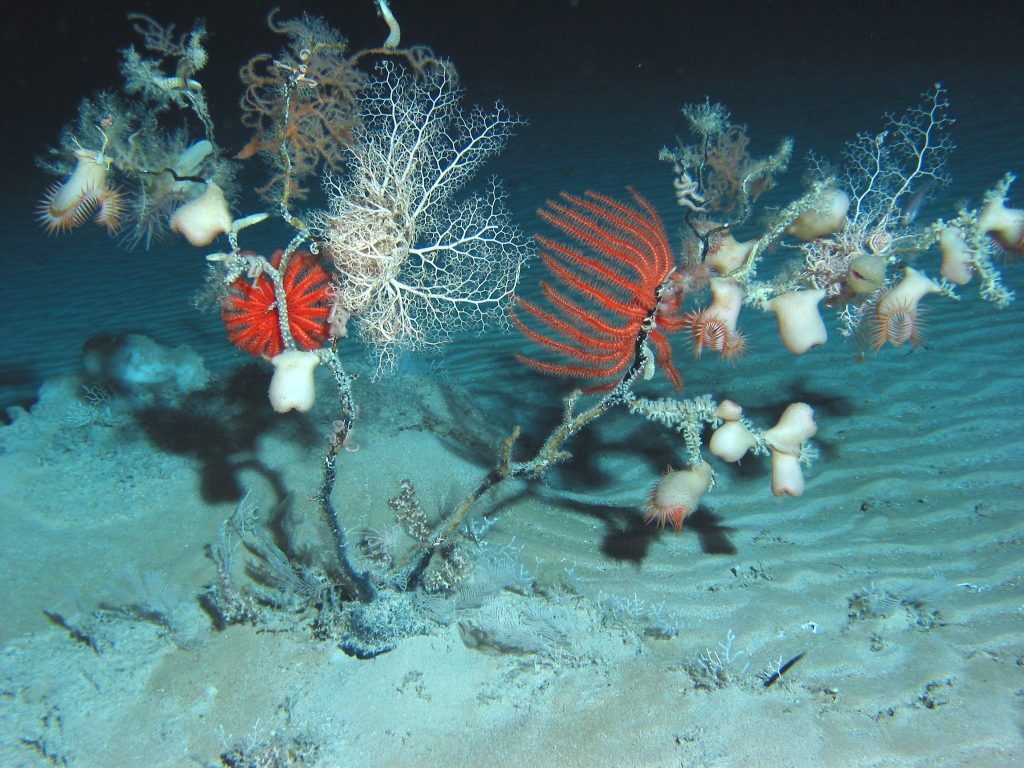The negative effects of human interference with biodiversity are well known. Unknown, however, was whether human meddling also interferes with the heritage that extant species represent from specific periods of the history of life. Some habitats are particularly rich in plant groups originating from ancient epochs such as the Paleocene-Eocene and Oligocene (about 65 to 23 million years ago). Our research shows that these habitats are disproportionately threatened by human activities. Thus, the evolutionary heritage itself is threatened.
To preserve the evolutionary heritage from past epochs, it may be insufficient to protect species-rich regions. It will be necessary, and more practical, to protect habitat types and plant groups originating from particular ancient epochs. They should be protected even in species-poor regions. Specifically, in the Netherlands, habitat types under threat include salt seaside vegetation and nutrient-poor open habitats such as heathlands, unfertilized grass pastures at lower elevation and arable weed communities. Species found in these threatened habitat types are often weak competitors and shade-tolerant species, and such species often belong to plant groups that originated during particularly ancient eras.
The figure includes images of declining habitat types, and maps of their distribution in the region. Comparing such maps between different periods of observation, conservation authorities can follow the decline of regional zones of evolutionary heritage from specific ancient epochs. Existing conservation programs, such as the Habitat Directive implemented by the European Commission, do not protect evolutionary heritage. It is therefore especially worrying that, at least in the Netherlands, habitat types with more recent evolutionary heritage are currently replacing those with much more ancient ones.
Further Reading:
Bartish, I.V., Ozinga, W.A., Bartish, M.I., Wamelink, G.W.W., Hennekens, S.M., Yguel, B., Prinzing, A. (2020) Anthropogenic threats to evolutionary heritage of angiosperms in the Netherlands through increase in high-competition environments. Conservation Biology 34: 1536-1548.






